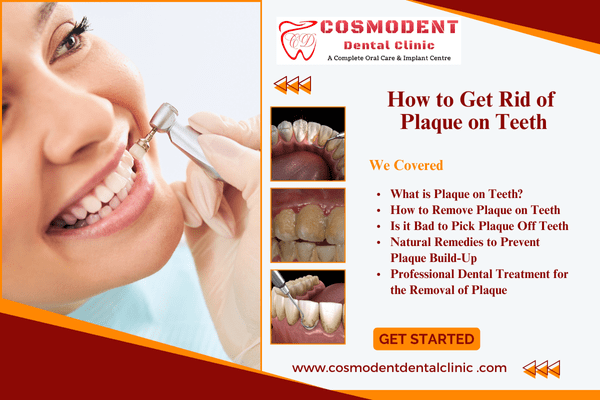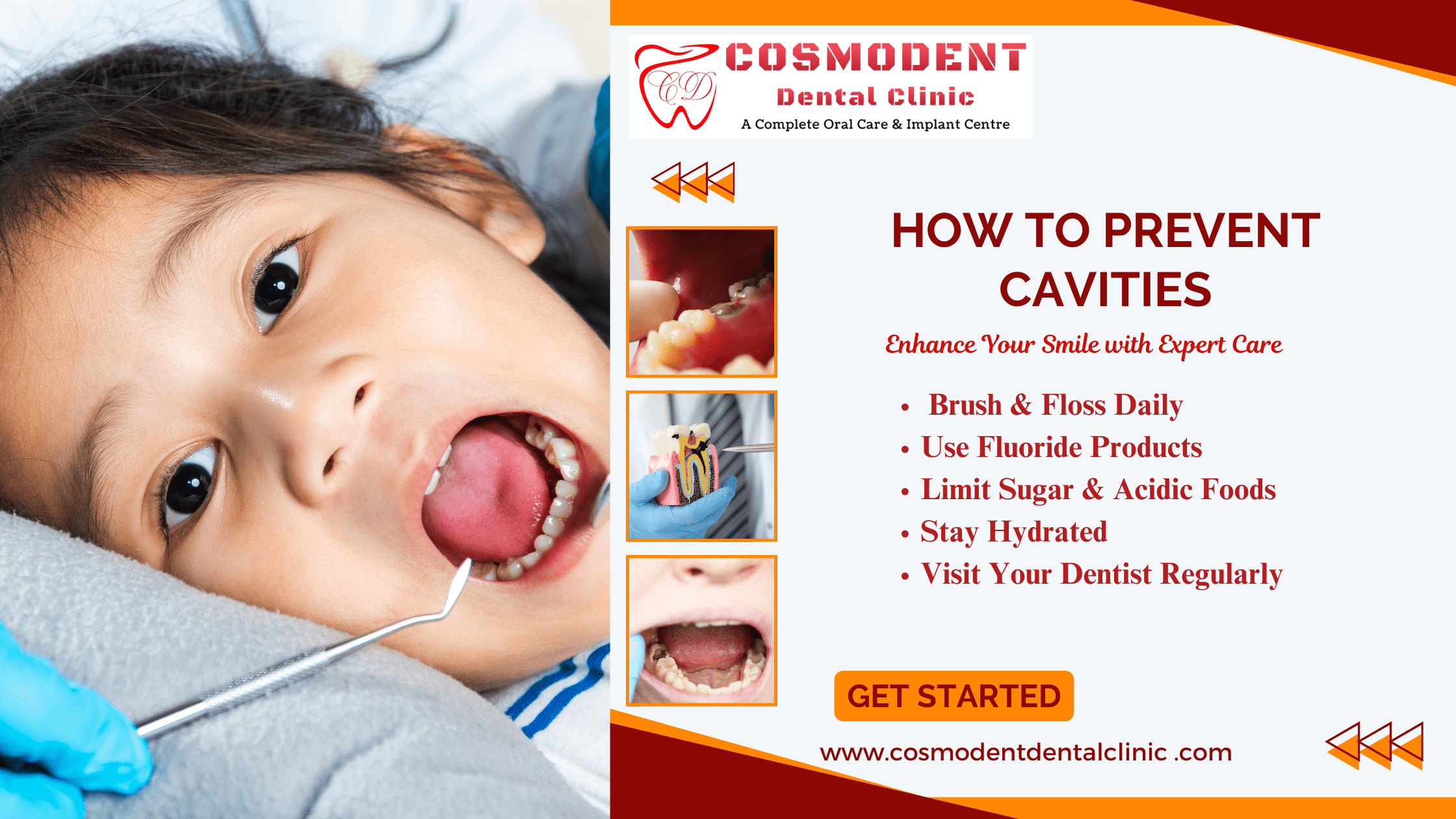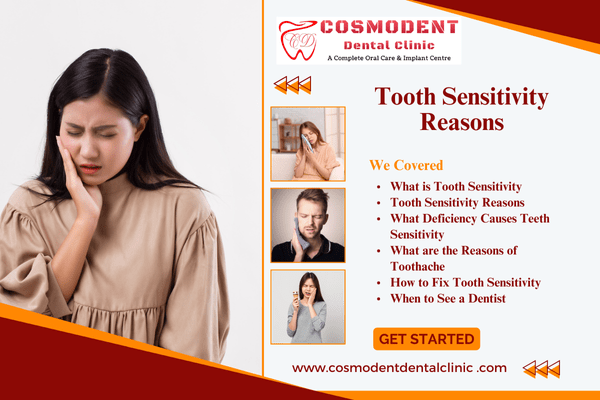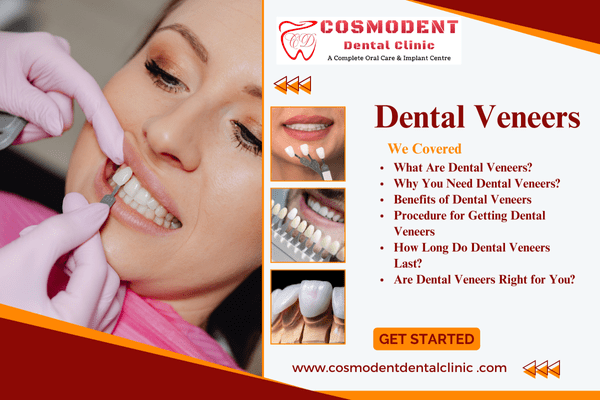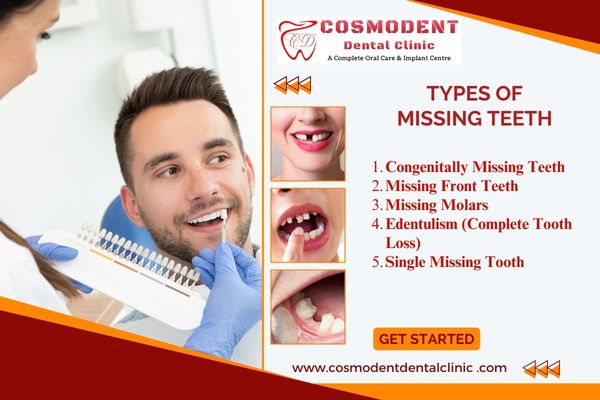Plaque on teeth is a common yet concerning oral health issue that can lead to cavities, gum disease, and even bad breath if left untreated. Understanding how to prevent and remove plaque is essential for maintaining a healthy and confident smile. In this comprehensive guide, we will explore expert tips and remedies to help you get rid of plaque effectively.
What is Plaque on Teeth?
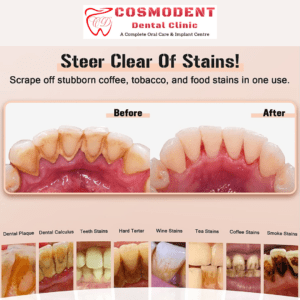
Plaque is a sticky, colorless or pale-yellow film of bacteria that constantly forms on teeth. It develops when food particles, sugars, and saliva mix, creating an environment where bacteria thrive. If not removed regularly, plaque hardens into tartar, which can only be removed by professional dental cleaning.
How to Remove Plaque on Teeth
There are several effective ways to remove plaque on teeth and maintain optimal oral health. Here are some expert-recommended methods:
- Brush Your Teeth Properly
Brushing your teeth at least twice a day is the most effective way to remove plaque. Use a fluoride toothpaste and a soft-bristled toothbrush to clean all surfaces of your teeth, including the gum line.
Brushing Tips:
- Brush for at least two minutes of soft, circular movements.
- Be sure to clean all surfaces – front, rear and chew surfaces.
- Replace toothbrush every three to four months or when sprat becomes peace.
- Daily floss
Brushing alone does not remove the plaque between the teeth and between the gum line. Flossing at least once a day helps clean these hard-to-wheels and prevents plaques.
Flossing Tips:
- Use about 18-inch floss and wrap it around your fingers.
- Slide the floss between the teeth slowly and curves it around each tooth.
- Avoid flashing dental floss as it can damage the gums.
- Use an Antibacterial Mouthwash
Mouthwash is an excellent addition to your oral hygiene routine. Antibacterial mouthwashes help reduce plaque, kill bacteria, and freshen breath.
Can the mouthwash remove the plaque?
The oral wash plaque can help control the build -up, but cannot remove the existing hard plaque (tartar). See for effective plaque prevention for a mouthwash with chlorhexidine, fluorine or essential oils.
- Eat a healthy diet
What you eat plays an important role in plaque formation. Food with sugar and starch contributes to plaque buildings, while fibrous and calcium -rich foods help keep teeth strong.
Best food for dental health:
- Crush fruits and vegetables (apples, carrots, celery)
- Dairy products (cheese, curd, milk)
- Bladed greens (spinach, kel)
- Green tea (are antioxidants that promote oral health)
- Drink Plenty of Water
Water helps wash away food particles and bacteria from the mouth. It also promotes saliva production, which naturally protects teeth from plaque.
- Avoid Smoking and Alcohol
Smoking and excessive alcohol consumption contribute to plaque buildup and increase the risk of gum disease and tooth decay. Quitting smoking and reducing alcohol intake can significantly improve oral health.
Is it Bad to Pick Plaque Off Teeth?
Many people may be tempted to use their nails, pins, or sharp objects to scrape off plaque at home. However, picking plaque off teeth is not recommended for the following reasons:
- It can damage tooth enamel, making teeth more prone to cavities.
- Sharp objects can injure gums, leading to infection and bleeding.
- Plaque removal requires proper dental tools and techniques, which should be performed by professionals.
If you notice excessive plaque or tartar buildup, schedule a professional dental cleaning with us to prevent complications.
Natural Remedies to Prevent Plaque Build-Up
In addition to regular brushes and dental floss, some natural agents can help prevent plaque formation: posh
- Oil Pulling
Pulling oil with coconut oil or sesame oil can help reduce bacteria and plaque. Posh a tablespoon of oil in the mouth for 15–20 minutes, then spit out and rinse it with warm water before brushing.
- Baking Soda Paste
Baking soda has mild abrasive properties that help remove plaque and neutralize acids in the mouth. Mix a teaspoon of baking soda with a few drops of water to form a paste, then brush your teeth gently with it once a week.
- Chewing Sugar-less Gum
Chewing sugar-free gums stimulate saliva production, which helps to wash the plaque and food debris. See for chewing gum containing xylitol, which has antibacterial properties.
- Rinse aloe vera and hydrogen peroxide
A mix of aloe vera gel and hydrogen peroxide can act as a natural antibacterial mouthwash. Use it occasionally to help control plaque buildup.
Professional Dental Treatment for the Removal of Plaque
Even with the best oral hygiene practice, professional tooth cleaning is necessary to remove stiff plaque (tartar).
In our clinic we provide advanced treatment, including:
- Teeth Scaling and polishing: Removes plaque and tartar from the tooth surface and gum line.
- Laser purification: A modern, painless method for removing plaque and bacteria.
- Fluorine treatment: Strengthens enamel and prevents plaque formation.
Conclusion
Plaque on teeth is a common issue, but with proper oral hygiene and regular dental check-ups, it can be managed effectively. Brushing, flossing, using mouthwash, and maintaining a healthy diet are key steps in preventing plaque buildup. Avoid picking plaque off your teeth and opt for professional cleanings to keep your smile healthy.
If you’re struggling with plaque on teeth or need expert dental care, schedule an appointment with Cosmodent Dental Clinic today and enjoy a brighter, healthier smile!
Book Your Appointment Now! 🚀

